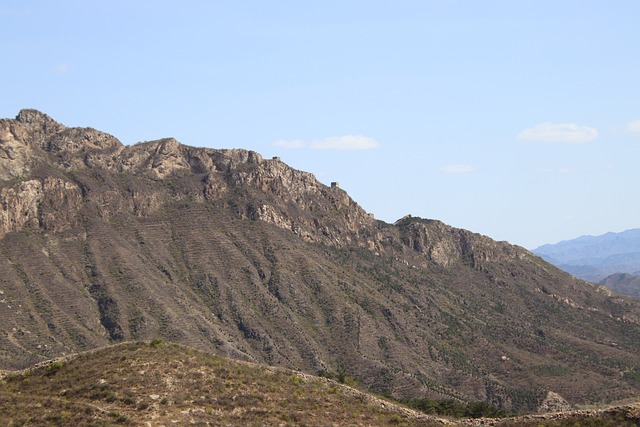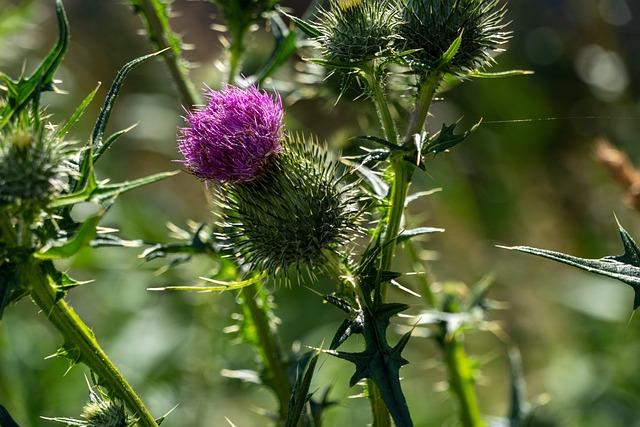bicho de pe foto ✌ Bicho de Pé: A Visual Narrative of an Invisible Epidemic

Bicho de Pé: A Visual Narrative of an Invisible Epidemic
In the intricate tapestry of Brazilian folklore and culture, the bicho de pé, or "foot bug," emerges as a curious intersection of nature, health, and societal awareness. This tiny parasite, scientifically known as Tunga penetrans, burrows into the skin, often unnoticed until its presence manifests in painful lesions. The implications of this seemingly innocuous organism extend far beyond individual discomfort, revealing a narrative of public health challenges and the need for increased awareness and education.bicho de pe foto

The bicho de pé is an ectoparasite that predominantly affects the feet of people in rural and impoverished areas. It is particularly prevalent in regions with warm climates, where the sandy soil provides a conducive environment for its lifecycle. The insect's reproductive cycle begins when the female burrows into the skin, laying eggs that develop into larvae, causing intense itching, inflammation, and, if left untreated, secondary infections. Yet, the physical symptoms are merely one facet of a much larger story.
The visual representation of bicho de pé often evokes a visceral reaction—a potent reminder of the realities faced by those living in areas where such infestations are commonplace. Images depicting afflicted individuals, particularly children, can stir compassion and concern, yet they also risk perpetuating stigma and fear. This duality underscores the importance of approaching the topic with sensitivity and an understanding of the broader socio-economic factors at play.
In many communities, the presence of bicho de pé is indicative of inadequate access to healthcare, sanitation, and education. The infestation is not merely a reflection of personal hygiene but rather a symptom of systemic issues that leave marginalized populations vulnerable. Lack of resources often means that individuals may not seek treatment until the condition becomes severe, further complicating recovery and contributing to a cycle of poverty and health disparities.bicho de pe foto
As the digital age progresses, the proliferation of images and information about bicho de pé presents both opportunities and challenges. On one hand, social media platforms serve as powerful tools for raising awareness, educating the public, and mobilizing resources for affected communities. Visual narratives can humanize the statistics, transforming abstract numbers into relatable stories that resonate with a wider audience.
Conversely, the portrayal of individuals suffering from bicho de pé can inadvertently lead to sensationalism. Images that highlight the grotesque or painful aspects of the condition, while attention-grabbing, can overshadow the dignity of those affected. It is crucial for media representations to strike a balance—informing viewers while respecting the humanity of individuals who endure such afflictions.bicho de pe foto
The narrative surrounding bicho de pé also invites a discourse on preventive measures and health education. Simple practices, such as wearing shoes, maintaining personal hygiene, and seeking medical attention at the first signs of infestation, can significantly reduce the incidence of this parasite. Community outreach programs that focus on education and resource distribution play a vital role in empowering individuals to take control of their health.
Moreover, public health campaigns must be culturally sensitive and tailored to the specific needs of different populations. Engaging local leaders and community organizations in the dissemination of information can enhance the effectiveness of these initiatives. By fostering a sense of ownership and agency, communities can better equip themselves to combat the challenges posed by bicho de pé and similar health issues.bicho de pe foto
In the realm of public health, the bicho de pé serves as a microcosm of broader societal issues. It highlights the interconnectedness of health, poverty, and education, urging stakeholders to take a holistic approach in addressing these challenges. The plight of those affected by this parasite calls for a collective response—one that prioritizes dignity, respect, and empowerment.bicho de pe foto

As we navigate the complexities of health narratives in the modern world, it is essential to remember that images and stories have the power to shape perceptions and drive action. The journey toward improving health outcomes for those affected by bicho de pé is not solely a medical challenge but a profound social movement that demands empathy, education, and sustained commitment.bicho de pe foto
In conclusion, the bicho de pé is more than just a foot bug; it is a symbol of resilience amidst adversity. By illuminating the stories behind the images, society can foster a deeper understanding of the issues at play and work collectively toward a future where access to health, dignity, and well-being is a universal right. The fight against this invisible epidemic is not merely about eradicating a parasite but about nurturing a culture of compassion and community resilience.
Fale conosco. Envie dúvidas, críticas ou sugestões para a nossa equipe através dos contatos abaixo:
Telefone: 0086-10-8805-0795
Email: portuguese@9099.com


